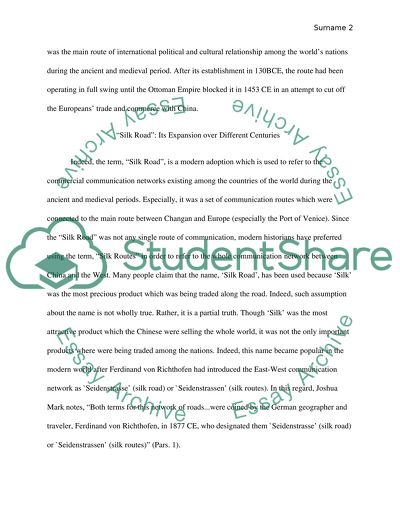Cite this document
(“The Silk Routes and its Influences on Ancient and Medieval Commerce Essay”, n.d.)
Retrieved from https://studentshare.org/history/1640495-the-silk-routes-and-its-influences-on-ancient-and-medieval-commerce-and-international-relations
Retrieved from https://studentshare.org/history/1640495-the-silk-routes-and-its-influences-on-ancient-and-medieval-commerce-and-international-relations
(The Silk Routes and Its Influences on Ancient and Medieval Commerce Essay)
https://studentshare.org/history/1640495-the-silk-routes-and-its-influences-on-ancient-and-medieval-commerce-and-international-relations.
https://studentshare.org/history/1640495-the-silk-routes-and-its-influences-on-ancient-and-medieval-commerce-and-international-relations.
“The Silk Routes and Its Influences on Ancient and Medieval Commerce Essay”, n.d. https://studentshare.org/history/1640495-the-silk-routes-and-its-influences-on-ancient-and-medieval-commerce-and-international-relations.


